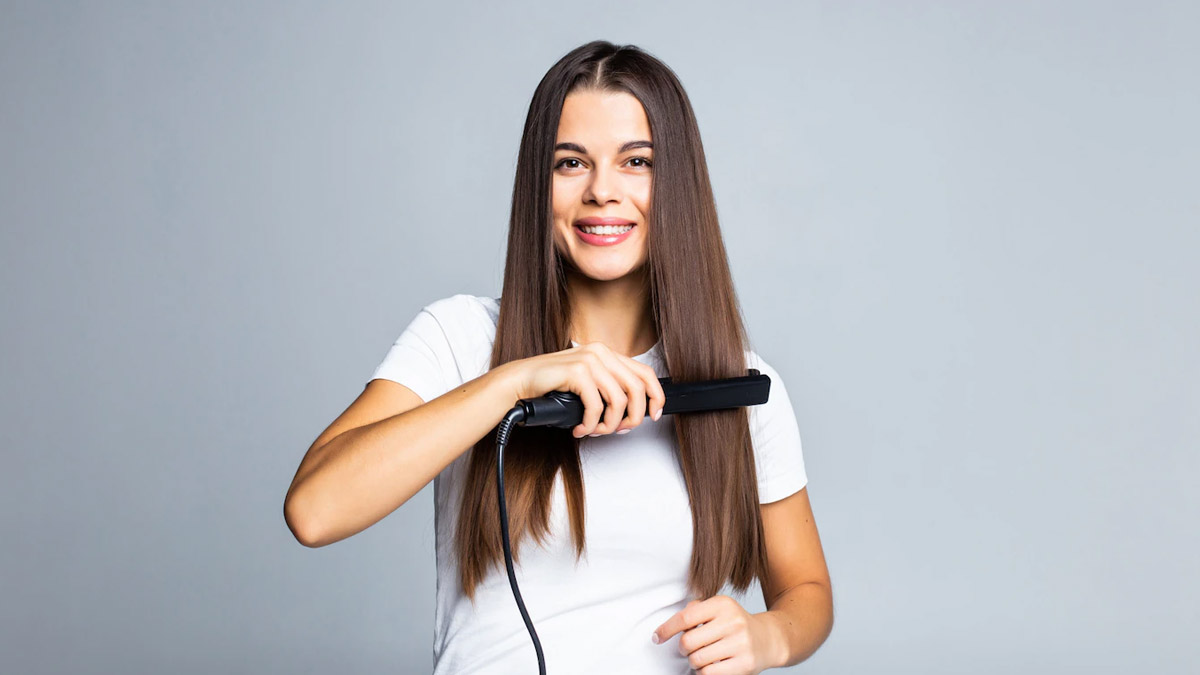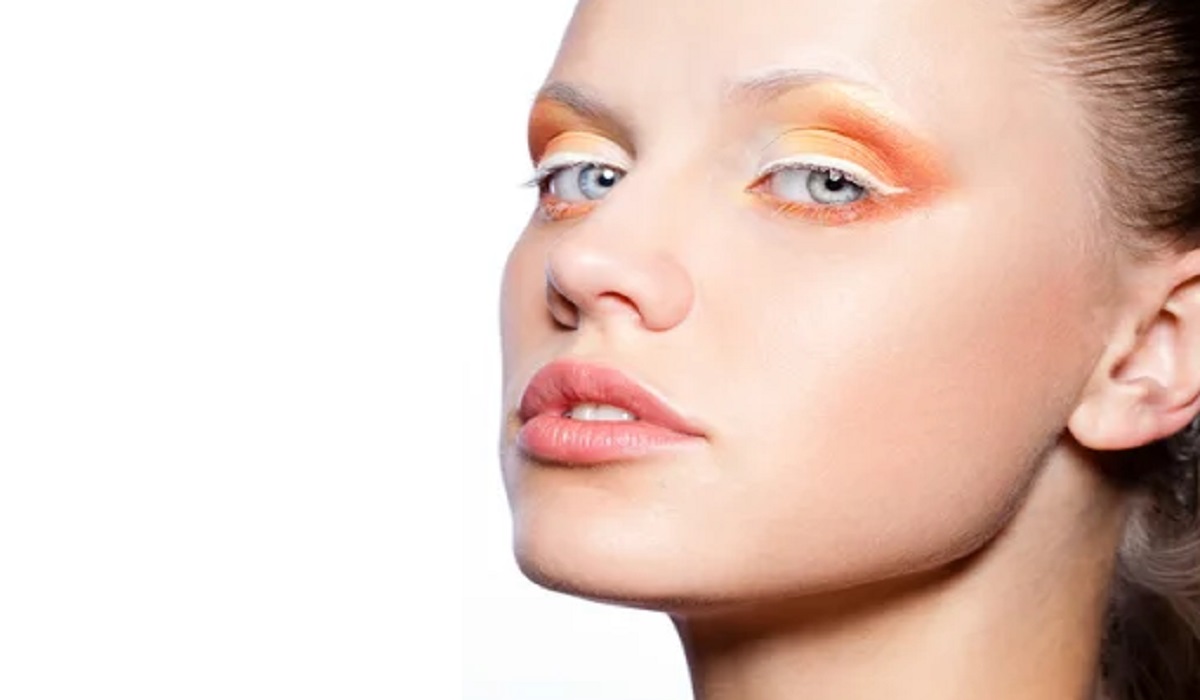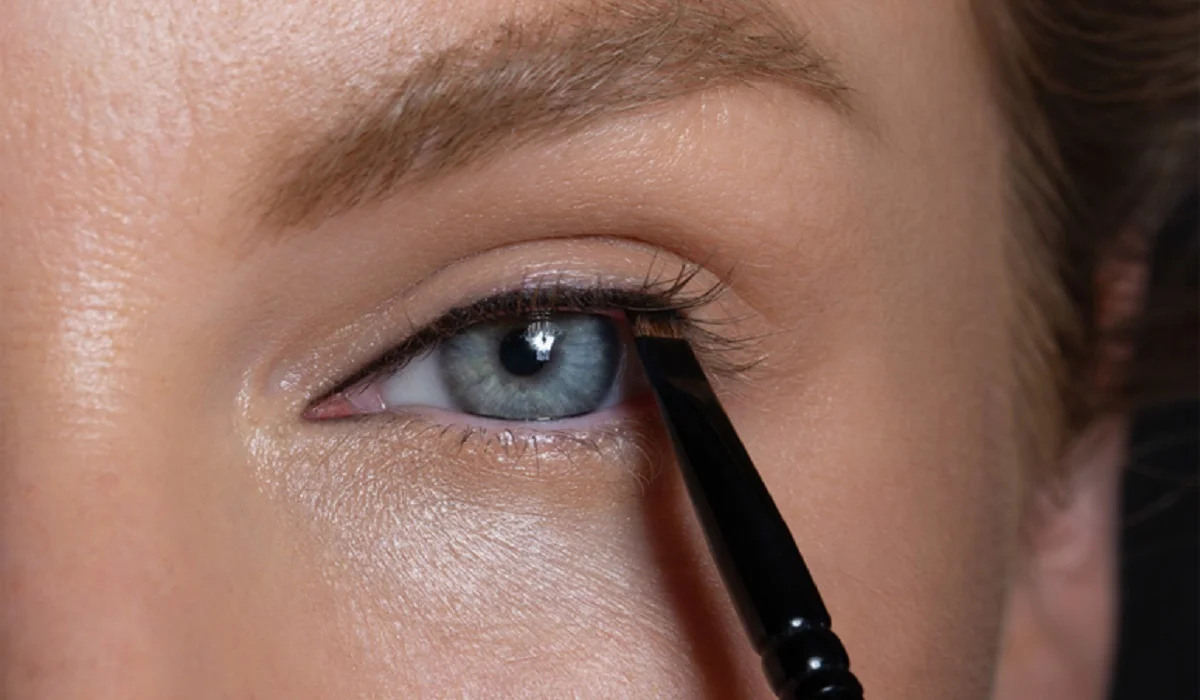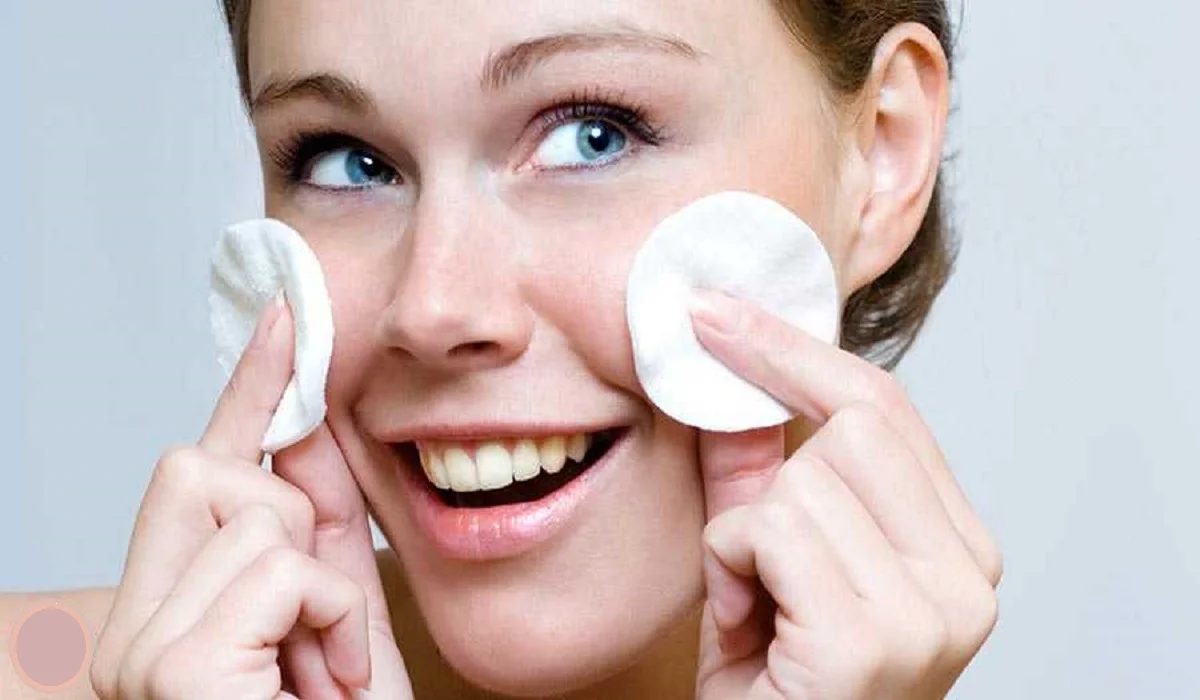Achieving shiny, healthy-looking hair is a goal for many, but it often seems elusive. The key to unlocking lustrous locks lies in a combination of good habits, proper care, and knowing what works best for your hair type. This guide explores ten proven strategies to enhance the health and appearance of your hair, ensuring it shines from the inside out.

1. Regular Trims
Preventing Split Ends and Breakage
Regular haircuts are crucial to maintaining healthy hair. Trimming every 6-8 weeks helps prevent split ends from working their way up the shaft, causing breakage and dullness.
2. Proper Washing Routine
Finding the Right Shampoo and Conditioner
Select products tailored to your hair type and concerns. Using the right shampoo and conditioner can make a significant difference in your hair’s health and shine.
Washing Frequency Tips
Over-washing can strip your hair of natural oils, leading to dryness. Find a washing routine that maintains your hair’s natural balance.
3. Deep Conditioning Treatments
Types of Hair Masks and Their Benefits
Incorporate deep conditioning treatments into your routine to repair and nourish your hair. Look for masks with ingredients like keratin, argan oil, or shea butter.
DIY Natural Hair Masks
Explore homemade options like avocado, honey, or coconut oil masks for a natural, chemical-free way to boost moisture and shine.
4. Cold Water Rinse
Sealing Hair Cuticles for Extra Shine
Finish your wash with a cold water rinse to seal the cuticles, making your hair smoother and more reflective.
5. Protect Hair from Heat
Using Heat Protectant Sprays
Always apply a heat protectant before using styling tools. This creates a barrier between your hair and high temperatures, preventing damage.

Alternatives to Heat Styling
Embrace air drying or use heat-free styling methods to give your hair a break from the damage caused by heat styling tools.
6. Healthy Diet for Healthy Hair
Nutrients Essential for Hair Health
A diet rich in vitamins, minerals, and proteins is vital for hair health. Include foods high in vitamins A, C, D, E, zinc, iron, and omega-3 fatty acids.
Foods to Incorporate into Your Diet
Salmon, nuts, eggs, and leafy greens are excellent choices for promoting hair strength and shine.
7. Stay Hydrated
The Impact of Water Intake on Hair
Hydration plays a key role in hair health. Drinking plenty of water ensures your hair stays moisturized from the inside out.
8. Use a Silk Pillowcase
Reducing Friction and Breakage
Sleeping on a silk pillowcase can reduce hair breakage caused by friction with cotton pillowcases. It also helps retain hair’s natural moisture.
9. Limit Chemical Treatments
The Effects of Dyes and Perms
Frequent chemical treatments can lead to damage and dullness. Limit these processes and opt for more natural styling methods when possible.
Seeking Professional Advice
Consult with a hair care professional before undergoing significant chemical treatments to ensure the health of your hair.
10. Natural Oils for Hair Nourishment
The Benefits of Oils like Coconut and Argan
Natural oils can deeply nourish and restore shine to your hair. They can be used as pre-shampoo treatments or to smooth frizz and add luster.
Application Tips
Apply oils sparingly from the mid-lengths to the ends of your hair, avoiding the roots to prevent greasiness.
In conclusion, achieving shiny, healthy-looking hair is a multifaceted approach that involves regular maintenance, proper care, and attention to nutrition. By incorporating these ten proven strategies into your routine, you can enhance the natural beauty and vitality of your hair, ensuring it remains strong, healthy, and luminous.
How often should I trim my hair? Trimming every 6-8 weeks is recommended to prevent split ends and maintain hair health.
Can diet really affect my hair’s health? Yes, a balanced diet rich in essential nutrients can significantly impact the health and appearance of your hair.
Is it necessary to use conditioner every time I shampoo? Conditioner helps restore moisture and protect hair from damage, so it’s beneficial to use it with every wash, focusing on the ends.
How can I protect my hair from heat damage? Use a heat protectant spray and try to limit the use of heat styling tools. When using them, choose the lowest effective temperature setting.








